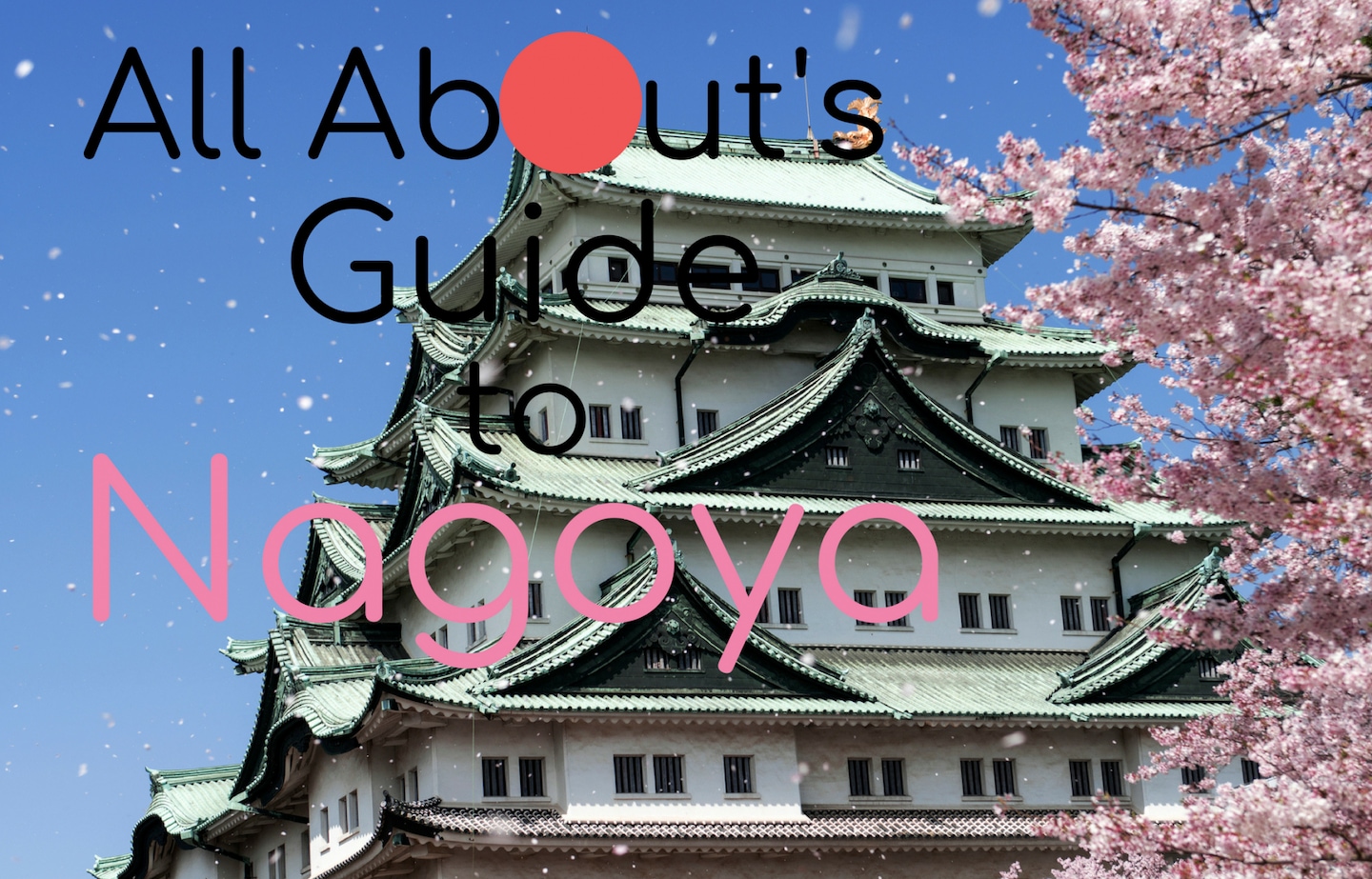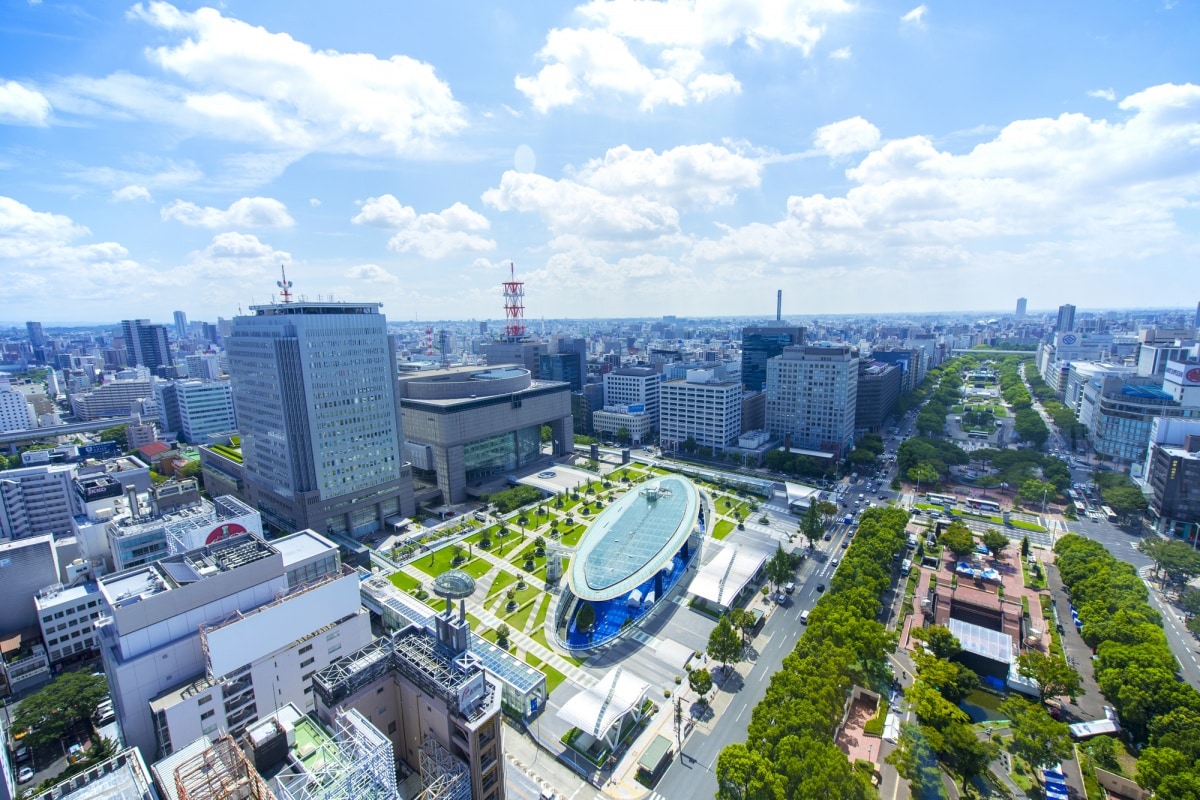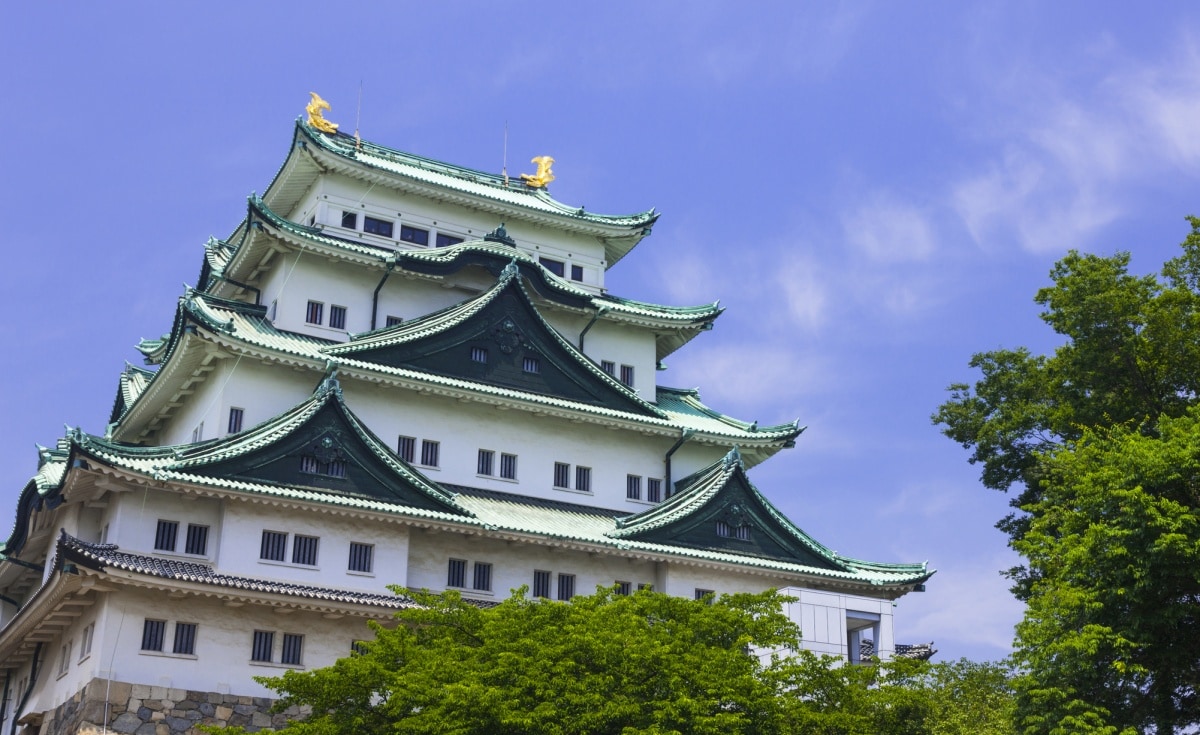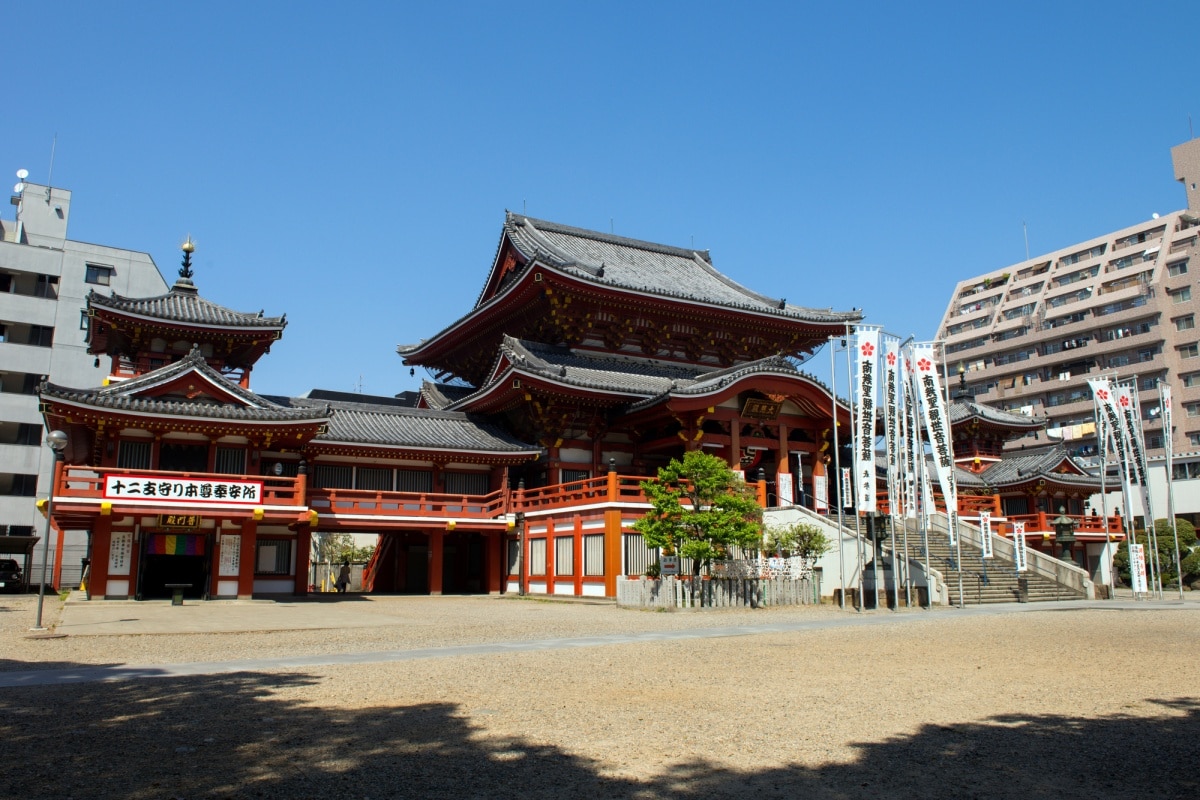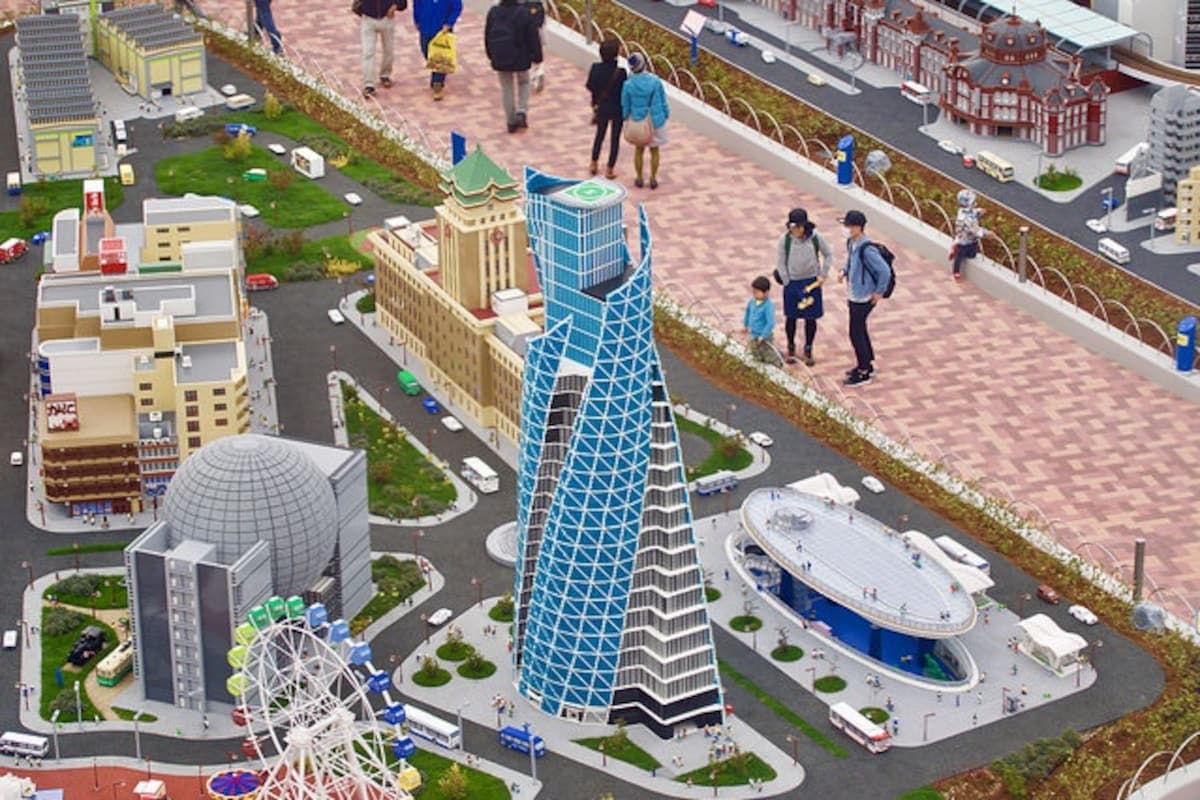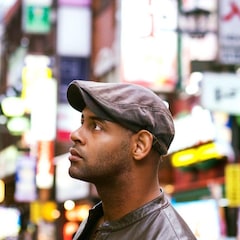All About's Guide to Nagoya
While the majority of visitors to Japan will elect to spend their time in Tokyo or the Kyoto/Osaka area, if you want to see the heart of the country, you’ll have to visit Nagoya, right at the center of Honshu, Japan’s largest island.
By Wendell T. HarrisonKey Nagoya Facts
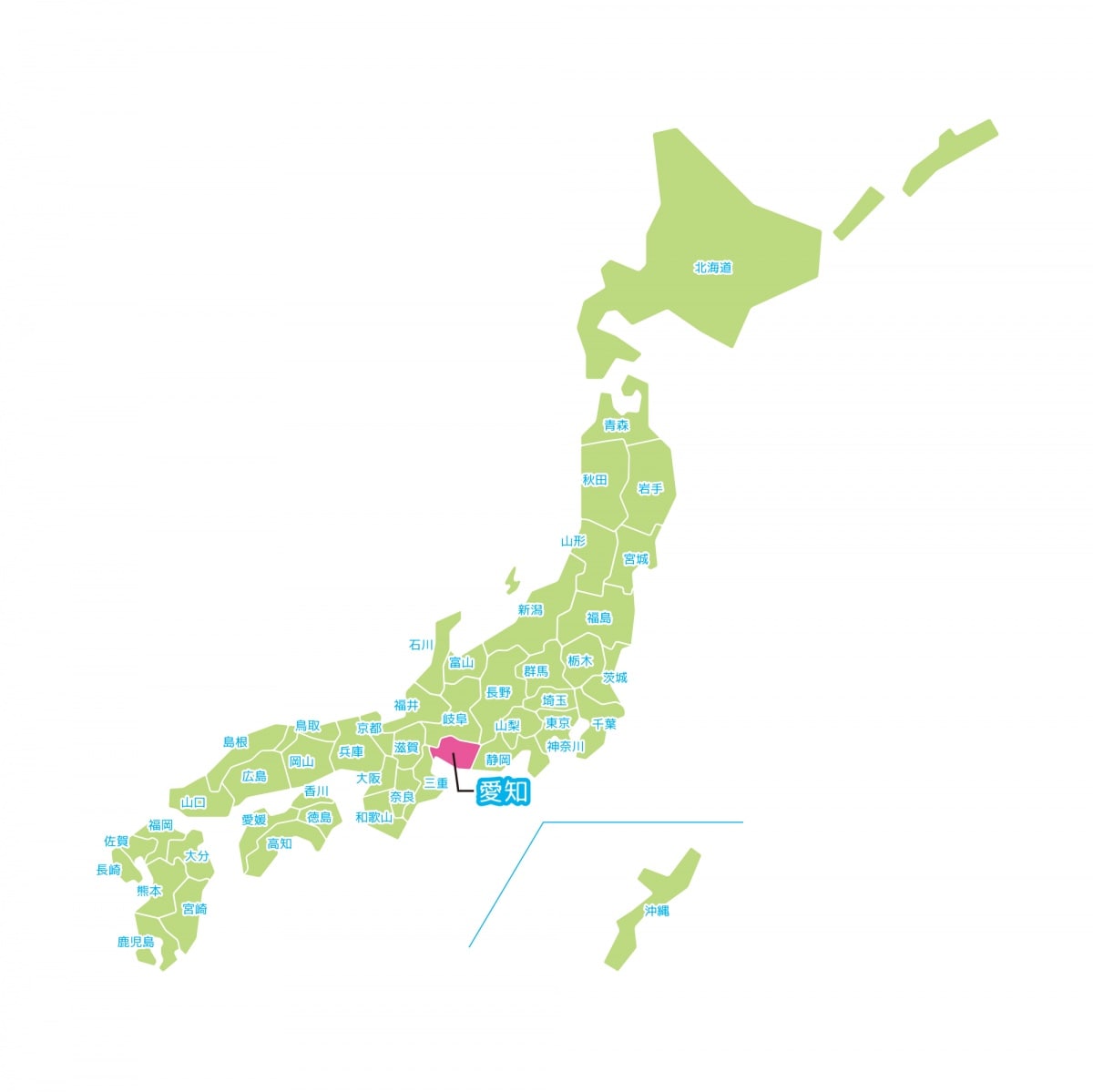
http://pixta.jp
Nagoya (名古屋) is the capital city of Aichi Prefecture, which is located in Chubu, the central region of Japan's main island of Honshu. Nagoya's recorded history dates back some 1,900 years (before Nagoya as we know it now even existed), when the Atsuta Jingu Shrine was constructed in the area to contain one of the Imperial symbols, the sacred sword Kusanagi-no-Tsurugi.
The area is also remarkable as the birthplace of three of the most famous samurai in Japanese history, Japan's "Three Great Unifiers." Oda Nobunaga, Toyotomi Hideyoshi and Tokugawa Ieyasu were all born in Owari Province, an area that encompassed the western half of Aichi Prefecture, including the area of present-day Nagoya. Oda Nobunaga began the unification of Japan, which was seen to completion by Toyotomi Hideyoshi. After Hideyoshi's death, Tokugawa Ieyasu seized power, and ushered in a new age when he established a capital in Edo (present-day Tokyo).
This tumultuous course of events is best summed up by the Japanese saying that "Nobunaga pounds the rice cake, Hideyoshi kneads it and Ieyasu sits down and eats it."
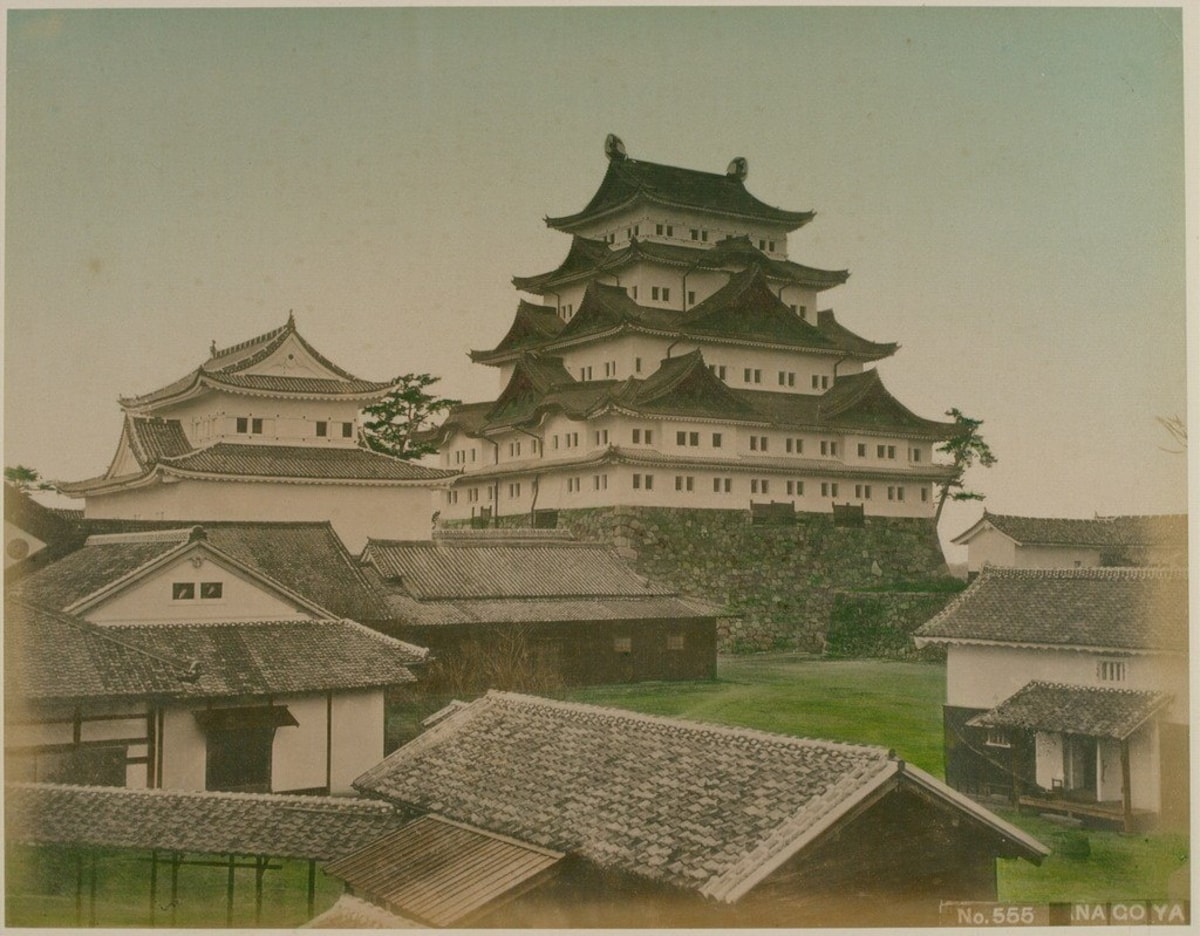
https://en.wikipedia.org/wiki/Nagoya
After the establishment of the Tokugawa shogunate, Ieyasu ordered the construction of Nagoya Castle. He shifted the central city of the area from Kiyosu to Nagoya, under the rule of his ninth son, Tokugawa Yoshinao. Nagoya Castle's construction was completed in 1612, and under his leadership the castle city flourished and developed as a cultural and economic center, due in part to its location on the Tokaido Road, an important route between Kyoto and Edo.
Like many places throughout the country, Nagoya Castle and the surrounding town suffered incredible damage as a result of the bombings of Japan during World War II. The castle was rebuilt in 1959, though pieces that managed to survive—three corner towers and three gates—have been preserved and designated Important Cultural Assets.
These days, Nagoya is a modern city with a population of 2.24 million people across its 16 wards. It's one of the more diverse cities in Japan as well, thanks to its large population of Brazilians and Nikkei, a common term used for overseas-born Japanese such as those born in Brazil. It has a proud history in traditional industries such as ceramics and textiles, and is also a hub for modern manufacturing industries like automotives and aeronautics. It has a vibrant food culture that is tied heavily to its aka miso, a sweeter red version of Japan's ubiquitous fermented bean paste.
Aichi Prefecture is among the most popular prefectures in Japan, though it is visited significantly less than Tokyo, Osaka or Kyoto. Like many other places around the country, spring and autumn are prime seasons for visiting thanks to the comparatively mild weather, cherry blossoms and fall leaves. Also like much of Honshu, summers in Nagoya are hot and humid, and temperatures peak in August, with averages around 28 degrees Celsius, or 82°F. Winters are cold but rarely see snow, and average temperatures in January are about 4 degree Celsius, or 39°F.
Top 5 Nagoya Sights
For some, Nagoya is little more than a quick stop on the Tohoku Shinkansen Line between two of the largest cities in Japan. However, Nagoya boasts a very rich history and culinary delights you won’t find anywhere else. As the birthplace of three of the most legendary samurai of all time, including the shogun who ushered in the Edo Period (1603-1868), Nagoya was a very important city for trade and commerce. Let's take a look at five must-see stops while visiting Japan's heartland.
1. Nagoya Castle
Nagoya Castle is the symbol of the city and cuts quite a striking figure amidst the surrounding greenery. As mentioned previously, construction on the castle began in 1610 by order of Tokugawa Ieyasu, and was completed in 1612. Unfortunately, the castle we see now isn't the original, but was rebuilt in 1959 following bombings during World War II.
While there, be sure to take your time leisurely strolling the castle grounds and gardens, and take a moment to look up and admire the resplendent golden creatures at the top. While they might resemble dolphins, they're actually called shachi, which are imaginary creatures used as a charm to ward off fire, since they were said to be able to summon water.
Visitors can enter the main castle tower and the Honmaru Palace for ¥500. It's open from 9 a.m. to 4:30 p.m., though the final entry is at 4 p.m. The castle is closed for the New Year holiday from December 29 - January 1.
2. Osu Kannon Temple
No trip to Japan would be complete without visiting a temple, and Nagoya's Osu Kannon (大須観音)—a Buddhist temple originally built in 1333—is the representative of the region. The temple was ravaged by fire in the 1800s, which means that just like the castle, these buildings have also seen a face lift. Which is only fitting for the most popular temple in the city, especially since Osu Kannon offers something for everyone.
At the heart of Osu Kannon, you'll find the temple grounds. Inside, the statue of Kannon—goddess of mercy—awaits to hear your prayers. Along the way, you'll pass through the Osu Kannon shopping arcade. There are many shops and eateries, especially those catering to anime and manga lovers. In fact, this arcade is compared to Tokyo's Akihabara and even hosts the annual World Cosplay Summit. There are also secondhand clothing stores, electronic shops and more.
The area is usually pretty crowded, but it's especially lively in summer, when the Osu Summer Festival takes place (typically in late July or early August). The influence of the Brazilian population of Nagoya can definitely be seen here, since the festival is accompanied by a Samba parade!
3. Sakae
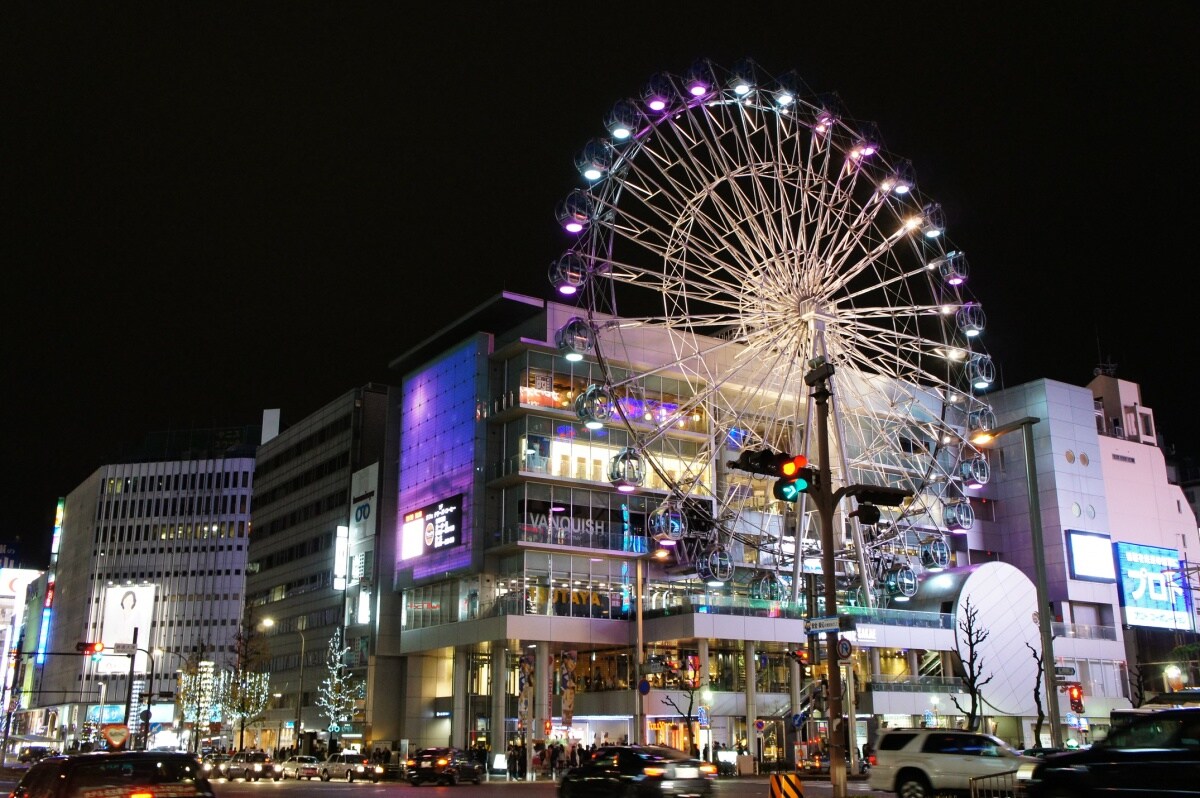
If you're looking to spice up your night with some shopping or sake, Sakae is the spot for you. This major commercial area is home to really popular hangouts like Shooters, as well as The Rock, where you can try actual kangaroo burgers! There's also the expansive collection of department stores known as the "3M"—Matsuzakaya, Marue Sakae and Mitsukoshi, where you can shop 'til you drop.
Beyond that there are plenty of sights to see, like the 180-meter (about 591 feet) Nagoya TV Tower, the Aichi Arts Center, the Nagoya City Science Museum, the otherworldly Oasis 21 and the Sunshine Sakae Ferris wheel.
If you're ready to amp up the party, walk on over to iD cafe. For those looking for LGBT+ events, the exciting Nagoya Metro Club event is held on the second Saturday of each month at Club LOVER:z.
4. Legoland Japan
A newer addition to the city is Legoland Japan, an attraction for kids and adults who are still kids at heart. We covered the development of this park here, but we couldn't imagine it would be this exciting and expansive once it finally opened in 2017. This outdoor park is full of large-scale Lego models separated into seven themed sections, including Legocity, Bricktopia and Miniland, with Lego recreations of major attractions from Osaka, Tokyo, Kyoto and of course, Nagoya. It's reported there are over 17 million LEGO bricks used throughout the park, between the different rides, shows and attractions!
Legoland has online ticketing, and offers a 1-Day Pass that starts at ¥3,300 (US$30), a 1-Day Combo Pass (which includes access to the Sea Life attraction) that starts at ¥3,800 (US$34), Seasonal Passes that start at ¥4,500 (US$40) and a 2-Day Combo Pass that includes an overnight stay, which starts at ¥10,725 (US$96). Depending on the day, Legoland is open from 10 a.m. until 6 or 7 p.m. Check their calendar for details.
5. Toyota Commemorative Museum of Industry & Technology
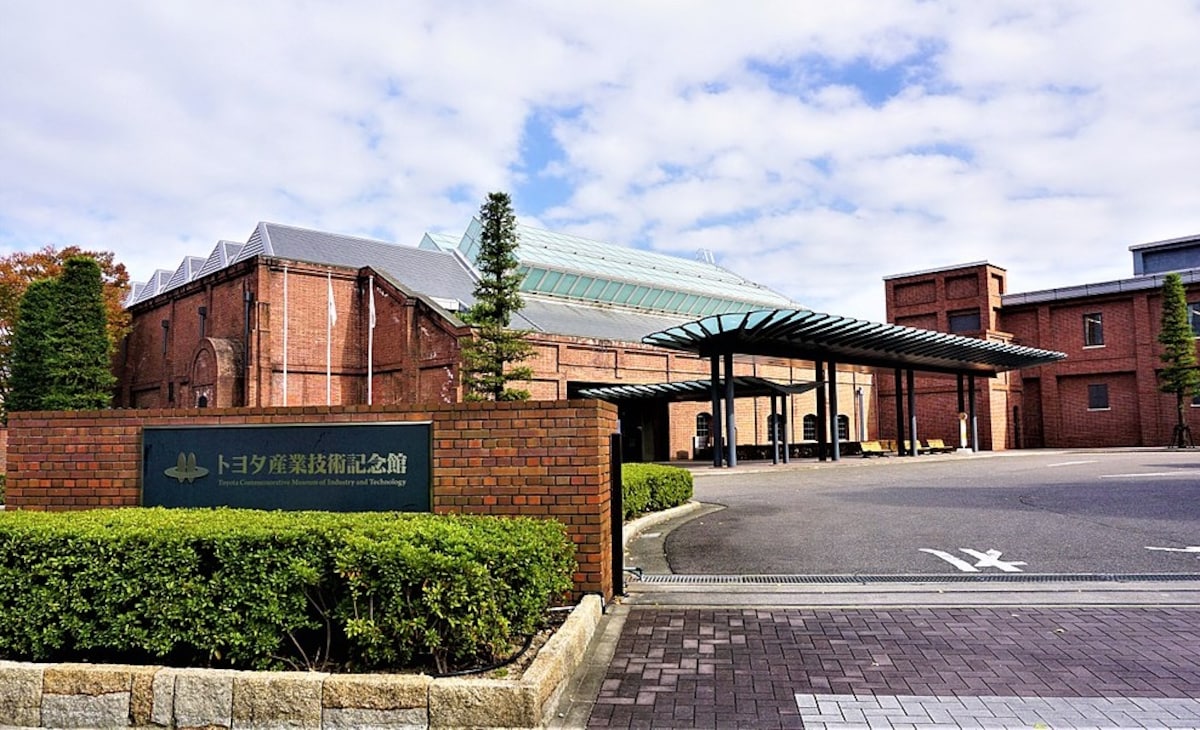
https://commons.wikimedia.org/wiki/File:Toyota_Commemorative_Museum_of_Industry_and_Technology_-_Joy_of_Museums.jpg
The history of Toyota Motor Corporation, or Toyoda as is was originally spelled, is a very interesting one. Especially as most people around the world probably didn’t realize that the history of Toyota's automobiles began as a spin-off from an automatic loom-making company. In fact, a large, circular loom is the first thing guests see when they enter.
There are multiple exhibits to explore and tons to learn, from the history of the automotive and textile industries to how metal is worked and what types of technology might shape the future. There's also a library which visitors can peruse at their leisure, a restaurant and café if you feel peckish and (of course) a gift shop, which sells goods you can't find anywhere else. It's the perfect place for an auto enthusiast or a family trip!
The Toyota Commemorative Museum of Industry and Technology is open from 9:30 a.m. to 5 p.m., and admission ends at 4:30 p.m. General admission costs ¥500, though there are discounts for students and large groups.
Off the Beaten Track
If you're looking for a different kind of adventure, Nagoya (like many places throughout the country) holds more secrets than we could post here. But, here are three recommendations to check out when hanging out in Nagoya.
Little World Museum of Man

https://www.flickr.com/photos/u-suke/3500094461
Just outside of Nagoya in the city of Inuyama, at the Little World Museum of Man you can experience circling the globe at this amusement park that has miniature recreations of architecture from several different countries. What sets this apart from Legoland's Miniland (above) is the fact you can try on some traditional garb from different countries, sample food from all around the globe, see some live performances and learn about the development of languages from around the world.
Honen Matsuri Fertility Festival
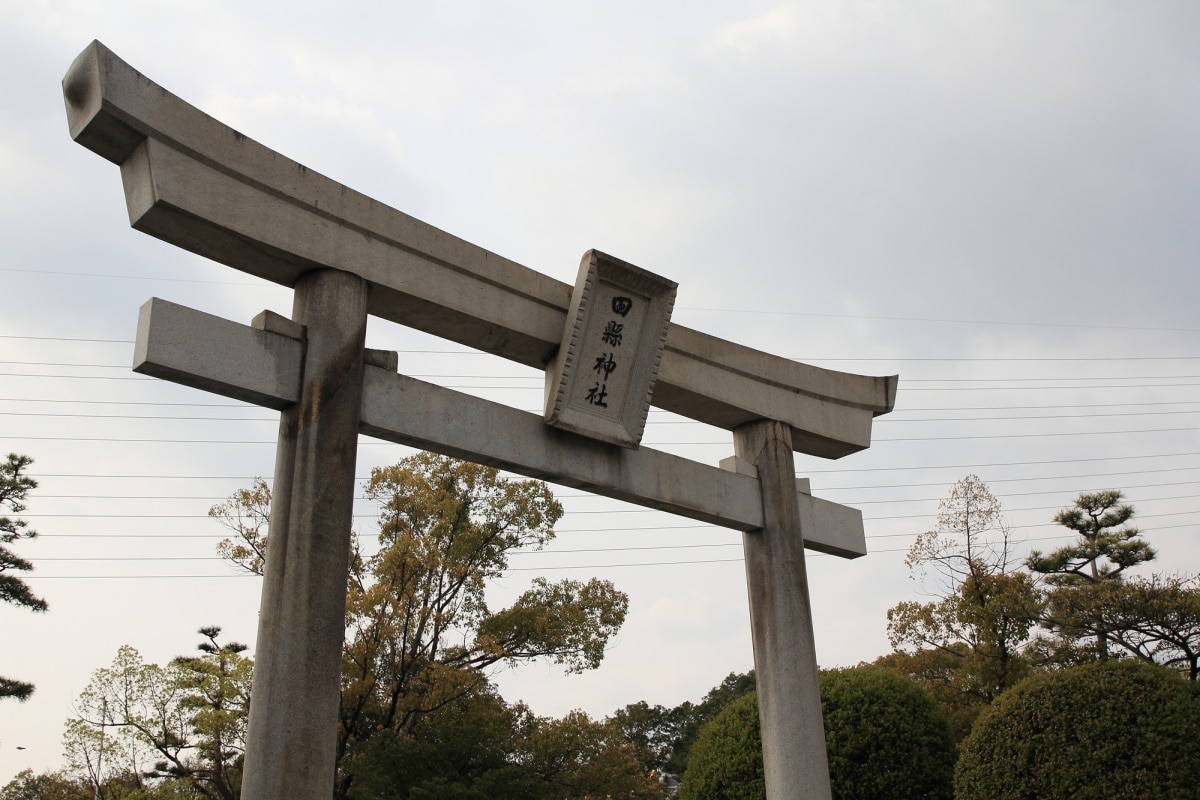
https://pixta.jp
While this event may not be family friendly depending on your sensibilities, the Honen Matsuri is a celebration of manhood, so to speak. Visitors flock to Tagata Shrine, just north of Nagoya in Komaki City, to witness the large wooden phallus paraded around town while taking sips of free sake. This fertility festival celebrates the start of spring and occurs on March 15 annually. Interestingly, kids are always present for the festivities and are welcome to join. But the penis-shaped candies, candles and carvings may be a bit much for some.
Nana-chan
Okay, this is admittedly a strange, only-in-Japan kind of sight. But the giant white mannequin lovingly named "Nana-chan" is a sight you have to peep while in Nagoya. Easy to find at Nagoya Station (near the Meitetsu Bus Center), Nana-chan is a great rendevous point if you're meeting friends. Standing at 6.1 meters (about 20 feet), she's hard to miss. And you definitely don't want to, since her outfits change every month!
Top 5 Must-Eats
All that sightseeing is sure to work up an appetite! Here are some of the best ways to get your grub on in Nagoya.
1. Miso Katsu
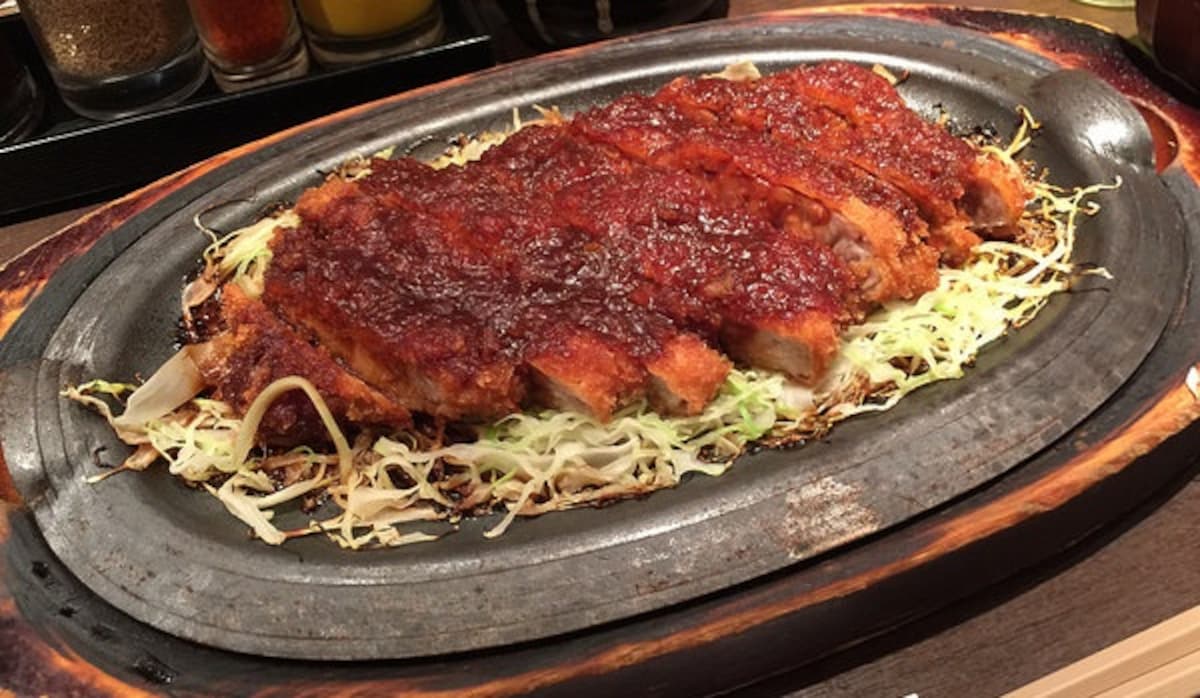
https://www.flickr.com/photos/bryansjs/15668410878
Without a doubt, the dish that best represents Nagoya is miso katsu. As the region is home to aka miso (red miso paste), a sweeter brick-red variant of miso, it’s only natural that most of the local specialties utilize the unique paste. And miso katsu is a breaded and fried pork cutlet that has been generously slathered in an aka miso sauce. You can find it all over Nagoya—and Aichi Prefecture in general—but if you want to eat the best, you can’t pass up a visit to Yabaton.
2. Hitsumabushi

https://pixta.jp
While the prefecture immediately south of Aichi, Shizuoka, is better known for its high-quality unagi (freshwater eel), Nagoya is still a great place for some amazing eel. Hitsumabushi is the local style of preparation, which involves serving up four pieces of unagi with three different ways to eat it. You can taste it on its own, with condiments or—for a special treat—with green tea poured over it, which is quite an interesting combination.
3. Tebasaki
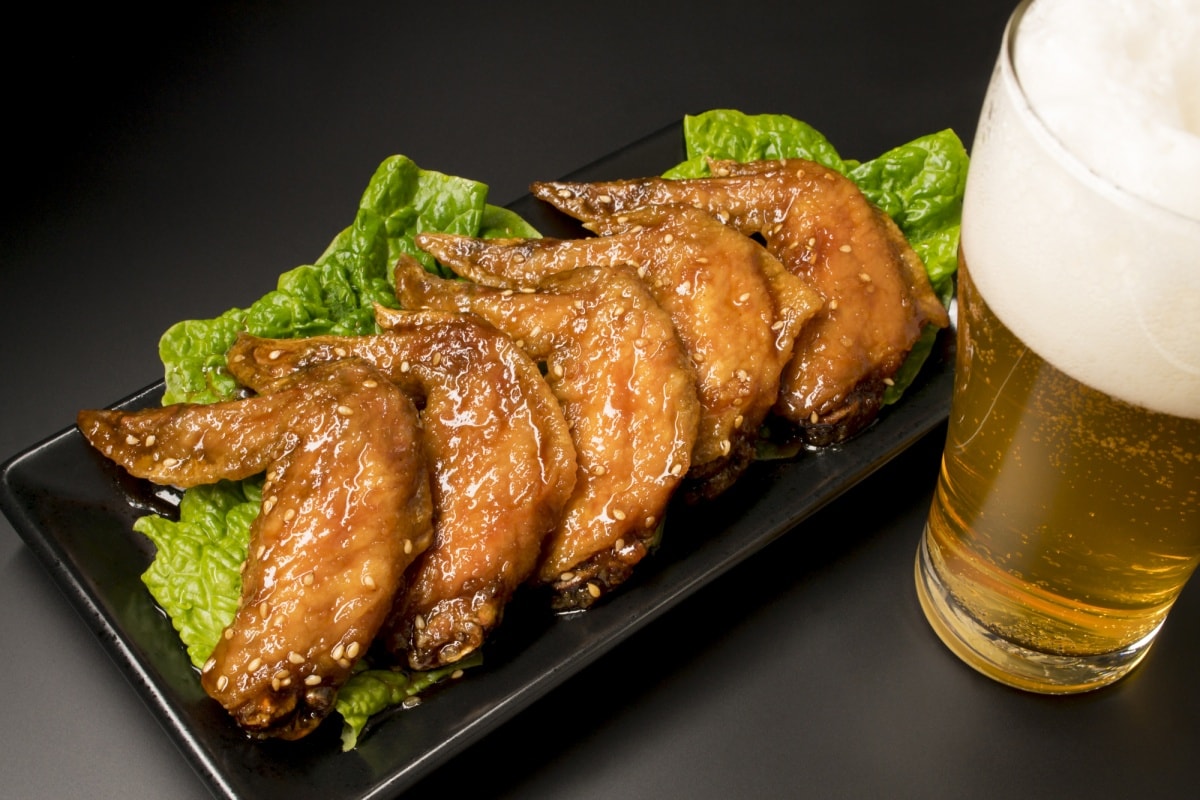
https://pixta.jp
Chicken wings aren’t a Japanese specialty in and of themselves, although they are one of our top 10 izakaya foods you need to try while in Japan. But when they're grilled with aka miso, the flavor truly transforms. Taking on a sweet and peppery flavor profile, these can be seen as the Japanese relative to American buffalo wings. Keep your oshibori (wet towel offered at the beginning of a meal) handy because these finger-licking-good snacks can be saucy.
If you can't make it all the way out to Nagoya but still want a taste of their delicious wings, the popular Nagoya-based chain restaurant Seikai no Yama-chan slings tasty wings all around the country!
4. Ankake Spaghetti
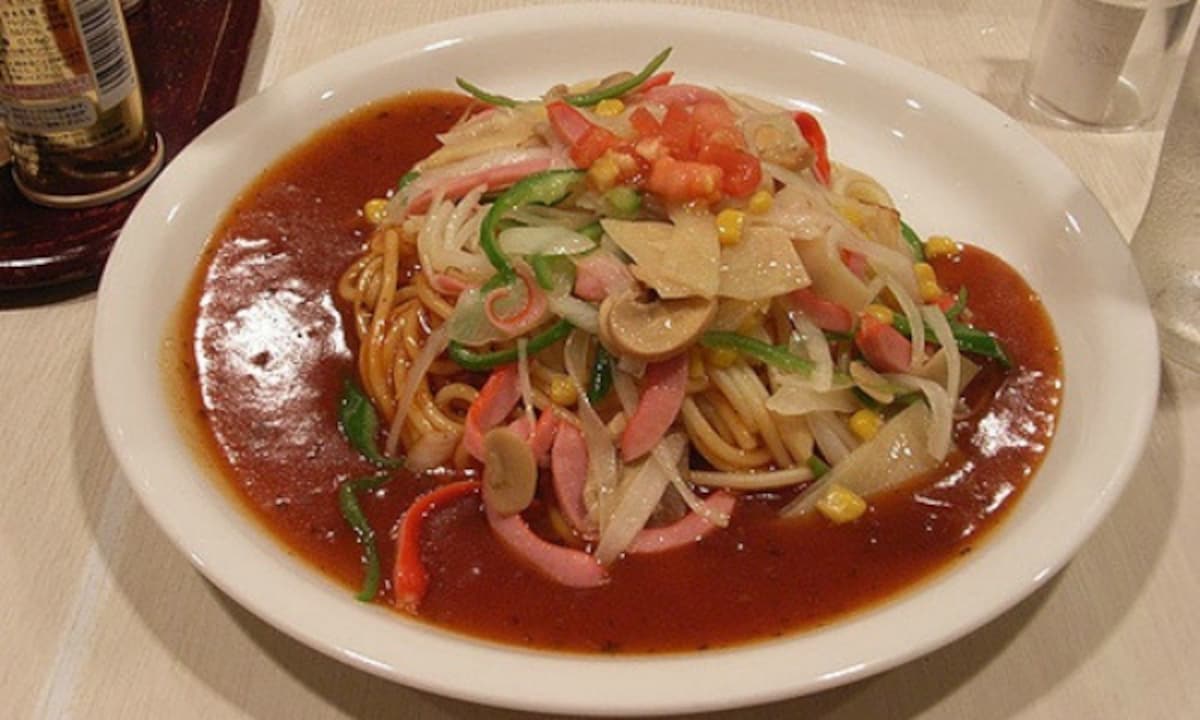
https://www.flickr.com/photos/kuruman/2170642217
Another dish that has spread from Nagoya to the rest of the country is ankake spaghetti. Ankake, a thick tomato-based sauce that appears to be more Chinese than Japanese, covers spaghetti that has been pan-fried with an assortment of vegetables and Vienna sausages. This is, without a doubt, some strange but quintessential Japanese soul food.
5. Kishimen
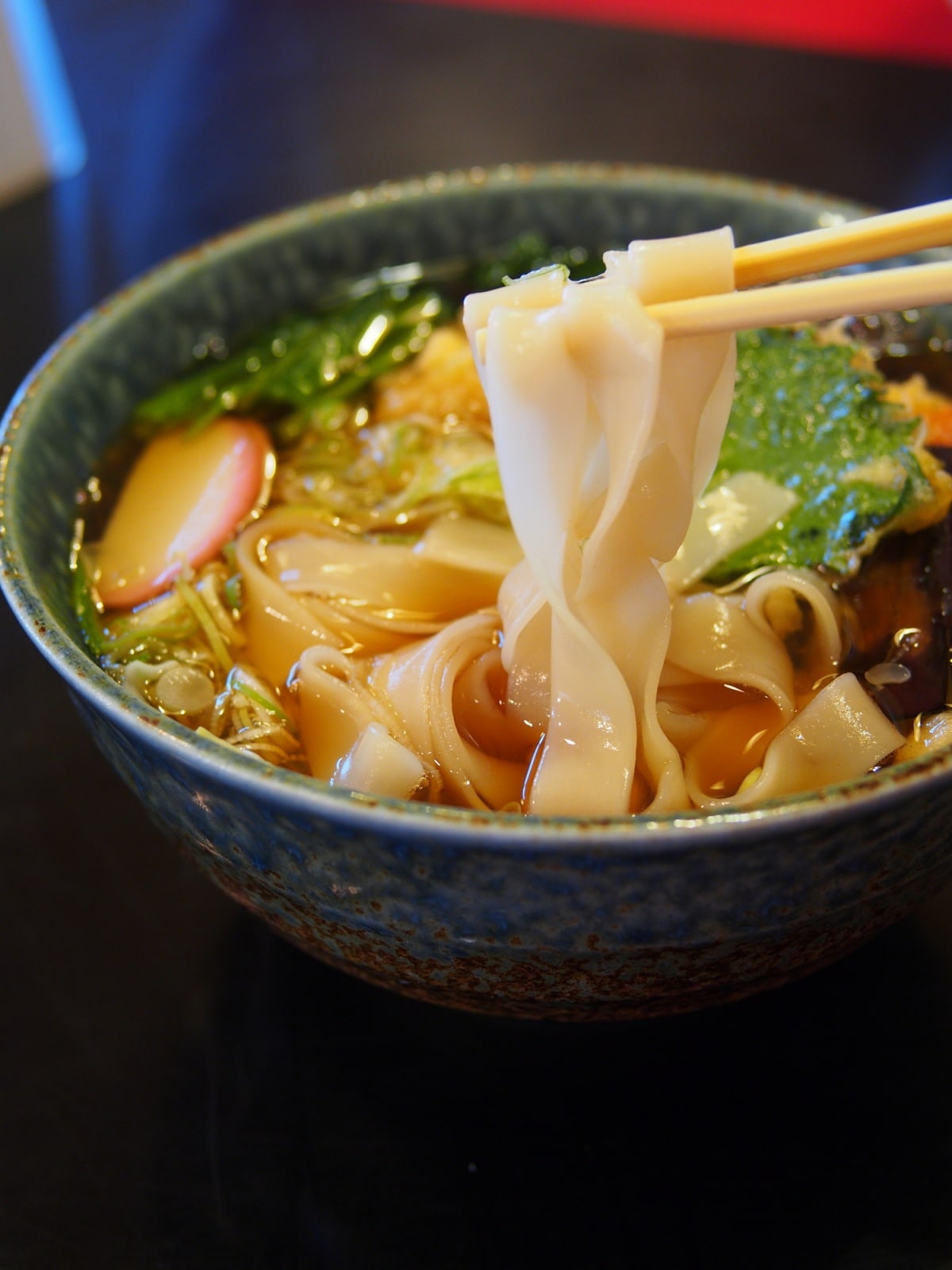
https://pixta.jp
You can’t really call it a trip to Japan if you didn’t consume any noodles! Get away from ramen and soba noodles and get into a bowl of kishimen, a flat noodle served in a broth that tastes like a combination of the representative flavors of Tokyo and Osaka. The noodle is made from flour (like udon), and it tastes great whether it's served hot or cold. We recommend Miya Kishimen, a popular restaurant in the Sakae area, if you want to get your noodle fix!
How to Get Around Nagoya
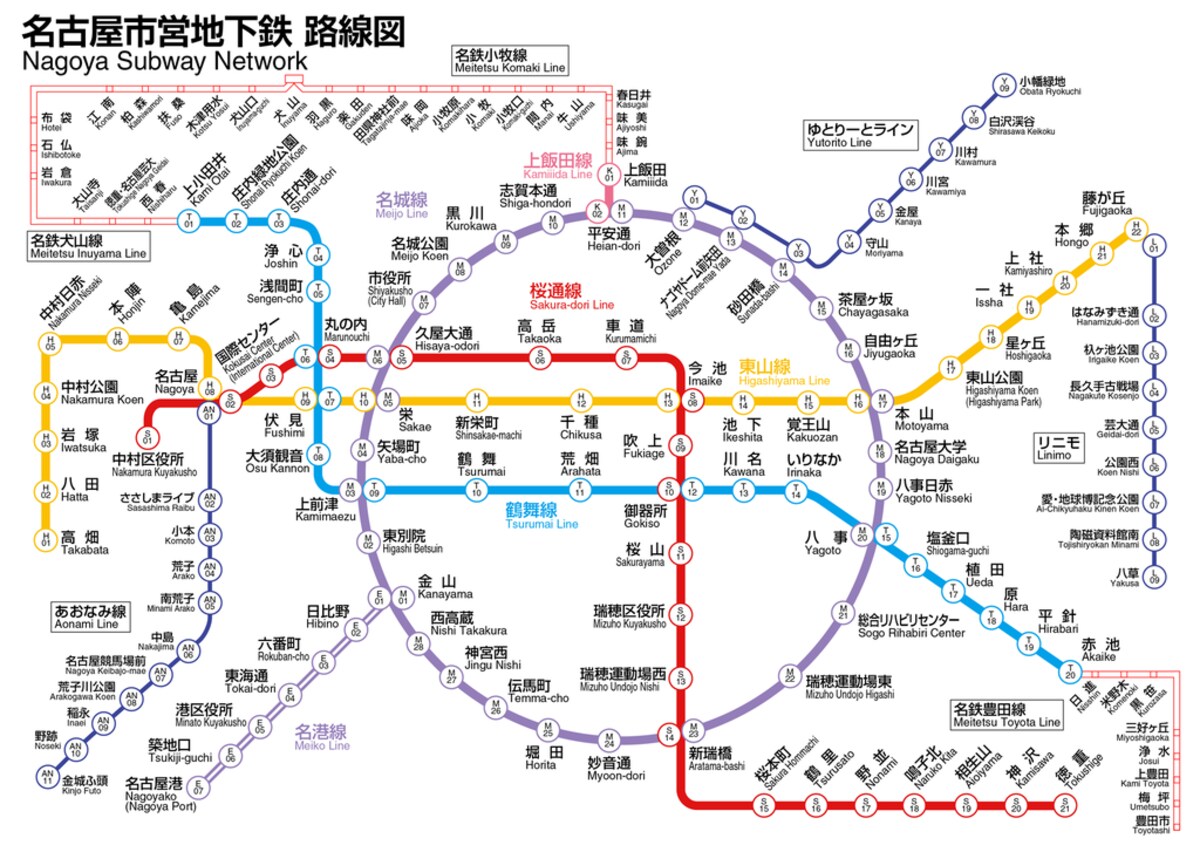
https://commons.wikimedia.org/wiki/File:Nagoya_Subway_Network.png
Metro
Nagoya's metro system is very easy to navigate, even for those who don't speak or read Japanese. It's made especially easy as there are only six lines, and they're color coded. The two major lines used to navigate the city—the Higashiyama Line (which cuts through the heart of the city) and the Meijo Line (the circle line of Nagoya)—will get you to many of the hot spots around the city listed above, including Nagoya Castle and the popular nightlife area of Sakae.
Buses
Nagoya City Buses will get you even closer to all the places you want to be. While public bus signs might be a little intimidating, using Google Maps makes figuring out how to get to your destination even easier. There are also Meguru Sightseeing Buses, which loop around popular sights throughout the city. Of course there are taxis too, but these are better left as a late night transportation option, since they're considerably more expensive.
International visitors also have access to the SHORYUDO Nagoya Subway & Bus 1-Day Ticket, which allows unlimited rides on the metro, Nagoya City Buses and the Meguru Nagoya Sightseeing Route Bus for only ¥600! It's a great way to save some money while soaking in the city.
How to Get to Nagoya
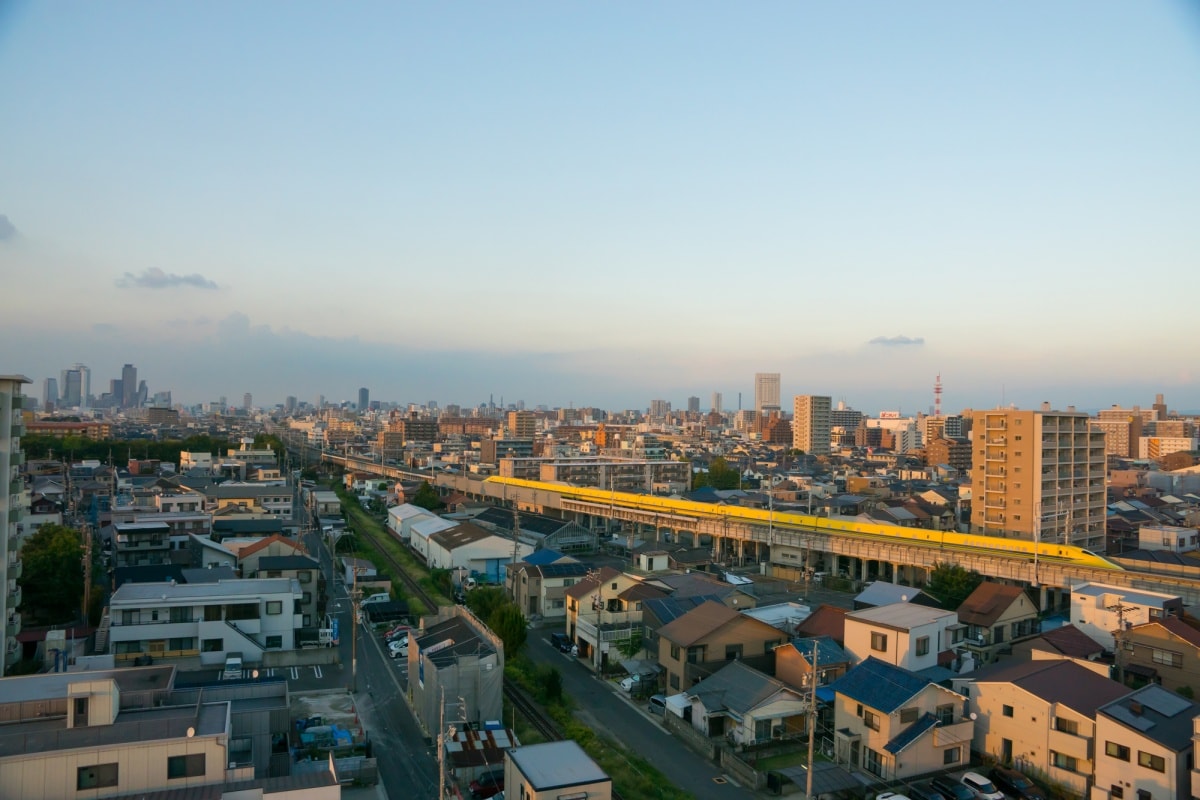
https://pixta.jp
Shinkansen
As a major city, Nagoya is one of the few stops on the fastest shinkansen from Tokyo to Osaka on the JR Tokaido Shinkansen Line. The trip takes little more than an hour and a half from Tokyo Station, and is slightly shorter from Shin-Osaka Station using the Nozomi trains. The Japan Rail Pass is only valid on Hikari and Kodama trains, and though the Hikari only takes a little longer than the Nozomi, the Kodama is considerably slower. Still, the price is right!
Local trains
If you're looking to take the scenic route or save money, local trains will also get you there. If you have the time to explore, one great way to stick to your budget is to use the Seishun 18 ticket for a deep discount. With a little planning, you'll be able to see a surprisingly large amount of the country at a considerably slower pace.
Flight
Nagoya's Chubu Centrair International Airport (NGO) is a full-service international hub. If you're already in the country, flights from Tokyo will get you there in about an hour.
Night bus
Get some shut eye and wake up relaxed and ready to explore the city by taking a night bus.
Nagoya Local Tips
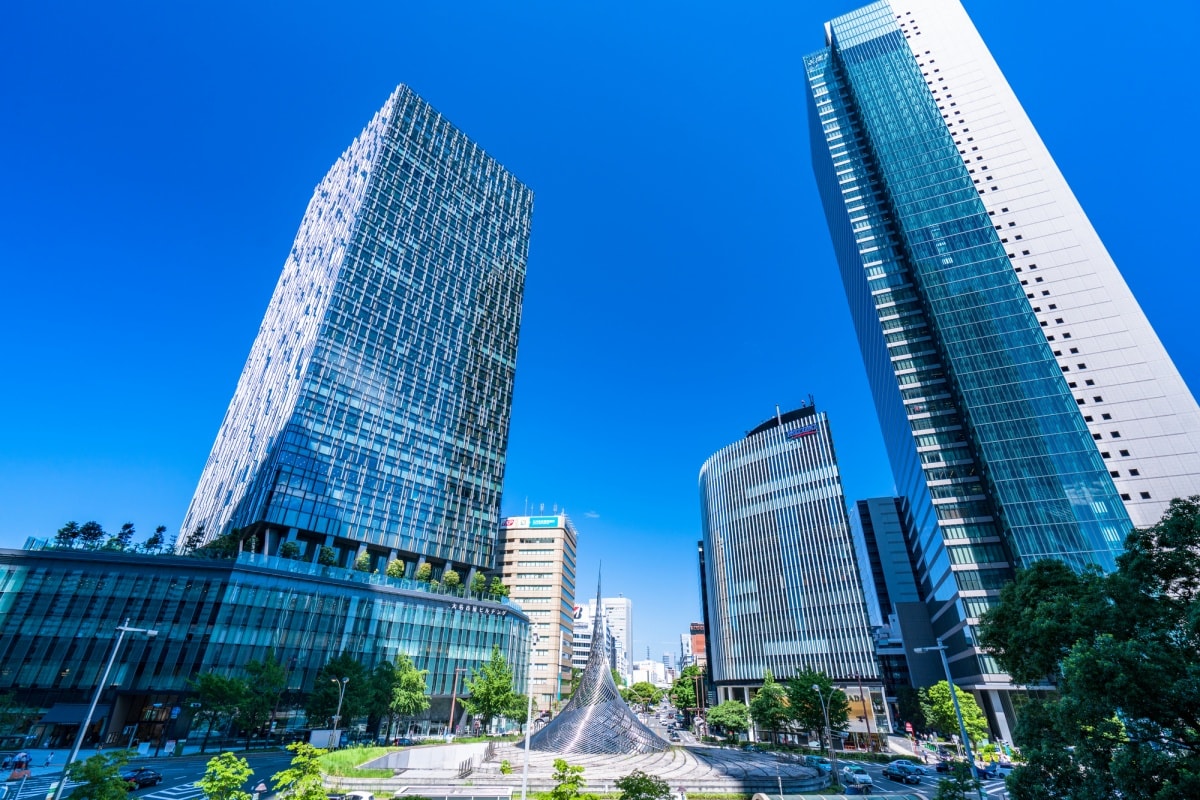
https://pixta.jp
Make even more of your time in Nagoya with these simple tips.
1. Nagoya has tons of stuff to do, but it's also a great home base if you want to see a little more of the country. There are some awesome places that are just a couple of hours away, like the jaw-dropping Ise area, Iga, the legendary home of ninja, some gorgeous onsen in Gifu, as well as Tokyo, Osaka and Kyoto.
2. We mentioned the most popular times to visit are spring and fall, but one great reason to visit Nagoya all year-round is the Nagashima Spa Land. It's an amusement park that the whole family can enjoy, but we highly recommend the Nabana no Sato flower park. It has beautiful flowers in bloom during spring and summer, and it has a stunning illumination throughout fall and winter.
3. Nagoya is a veritable paradise for people who love museums. Beyond those we've mentioned throughout the guide, there's also the SCMAGLEV and Railway Park, the Tokugawa Art Museum, the Furukawa Art Museum, the Yamazaki Mazak Museum and more!


